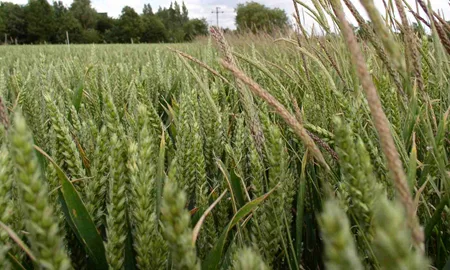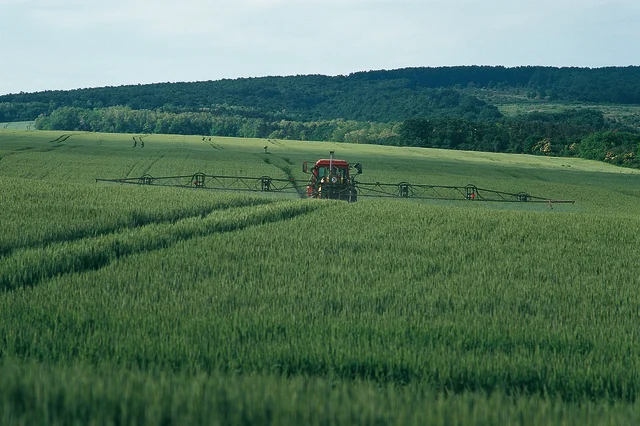Published on 10th July 2020
Weed Management
Your guide to black-grass biology and seedbank dynamics

A visual guide to help you understand the biology of black-grass and the factors affecting its germination, growth and presence in the soil seedbank.
Understanding the biology of black-grass and the factors affecting its germination, growth and presence in the soil seedbank are fundamental to any effective integrated control strategy.
With one black-grass plant capable of producing up to 2,000 seeds, yield losses can quickly mount, as can the pressure on future crops, making it vital to locate problem areas and do everything possible to minimise seed return.
Black-grass has weaknesses though. Left undisturbed, seed naturally declines in soil by 70-80% per year, so good soil management and targeted cultivations can make a real difference, especially as black-grass naturally thrives on heavier, poorly drained soil.
Delayed drilling is another vital tool in the armoury, as some 80% of black-grass emerges in autumn. It is far better to control weeds before a crop is sown than risk crops emerging with the peak black-grass flush. It also reduces pressure on pre- and post-emergence chemistry such as Liberator and Atlantis OD.
The graphic below summarises some key points to remember through the season, click here to download.




